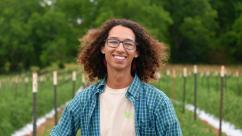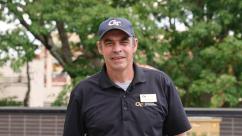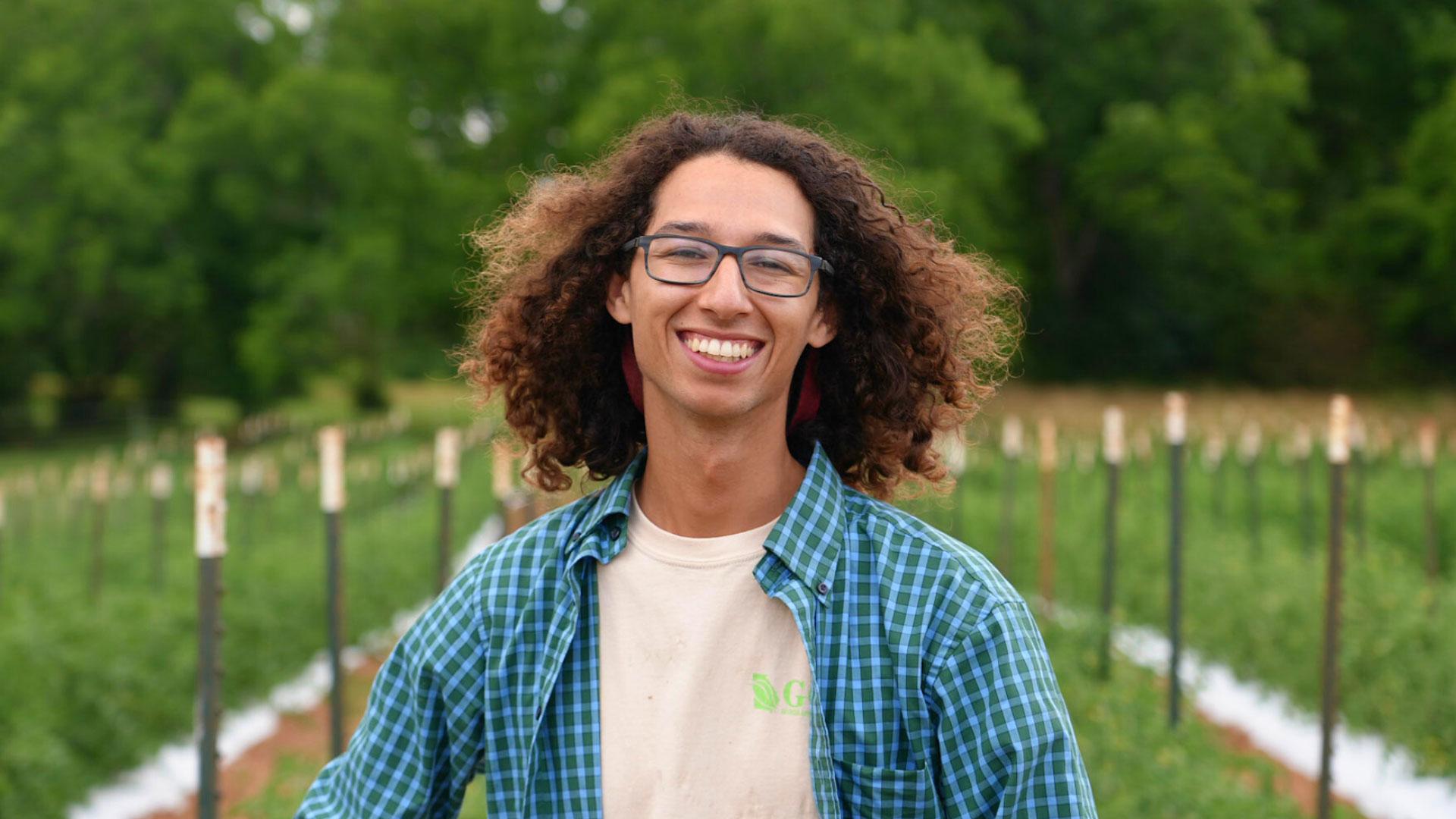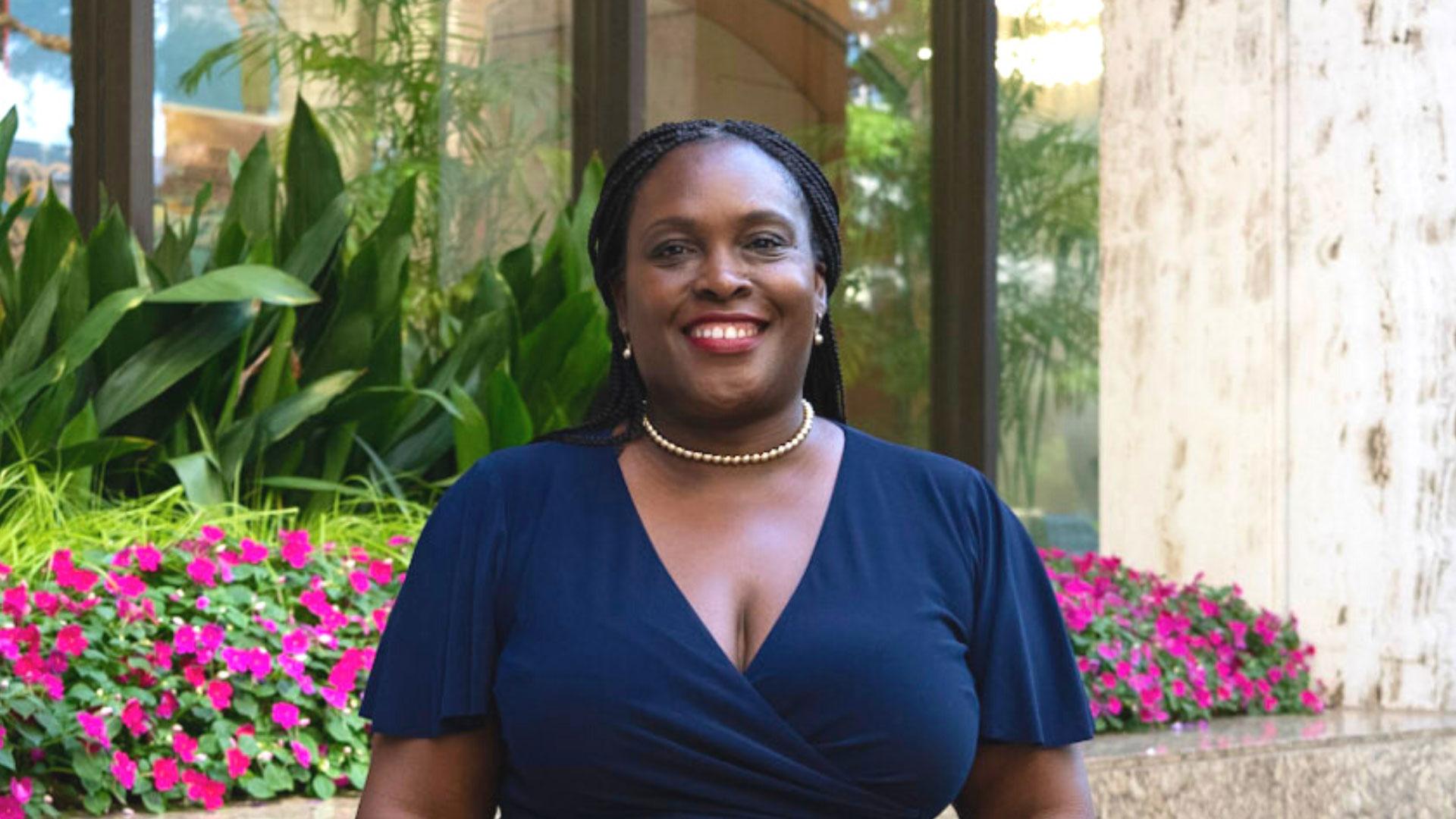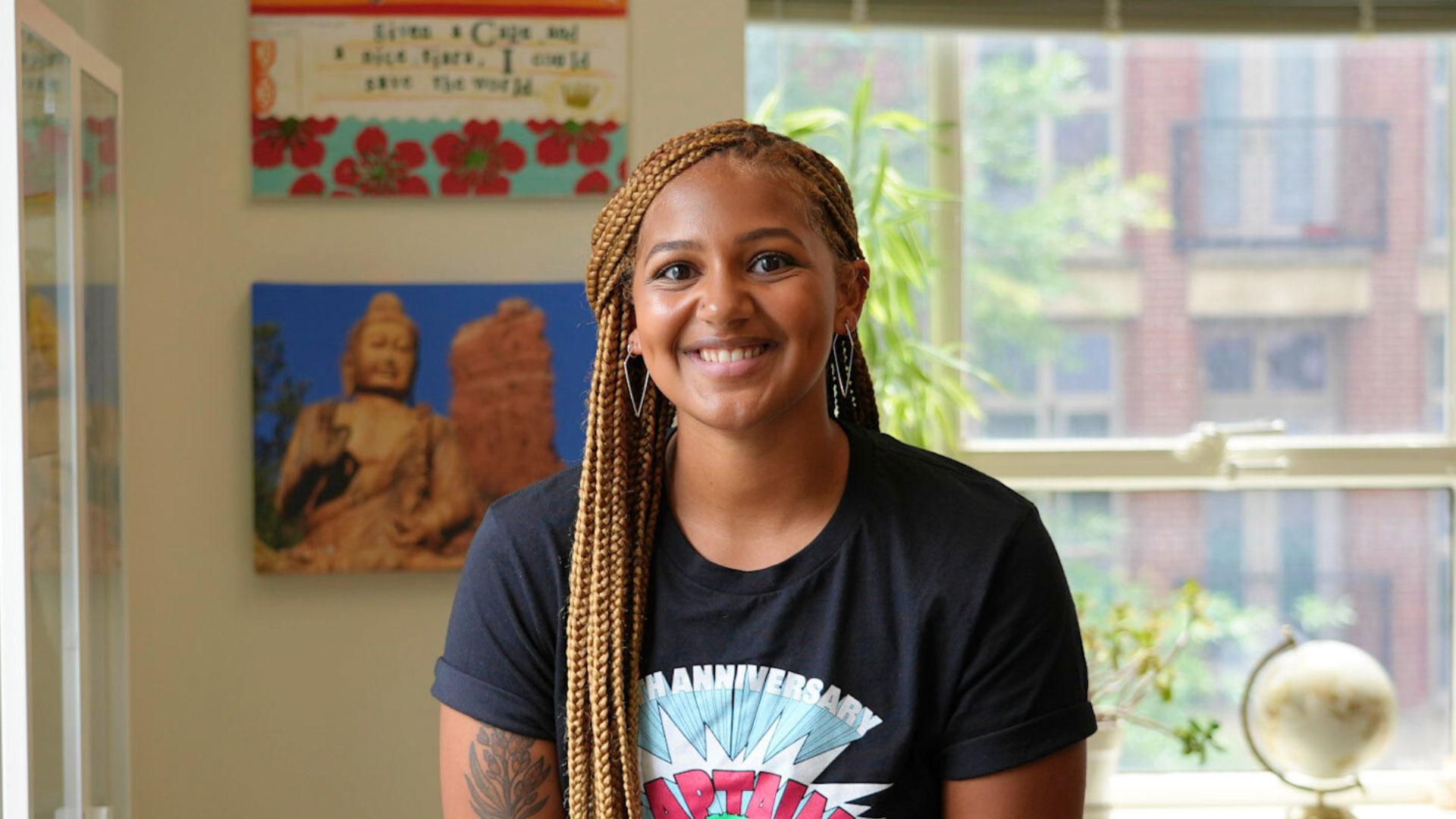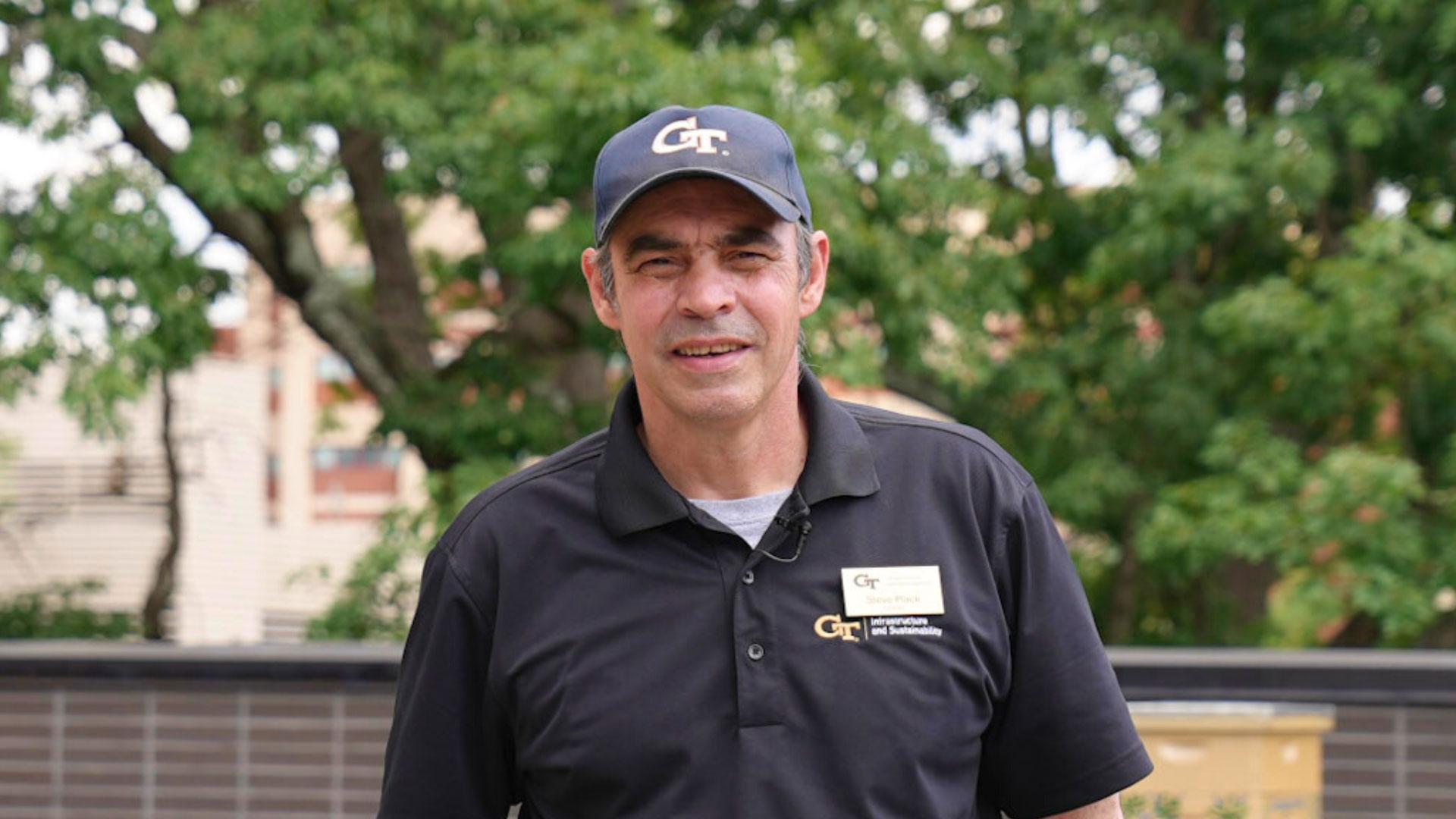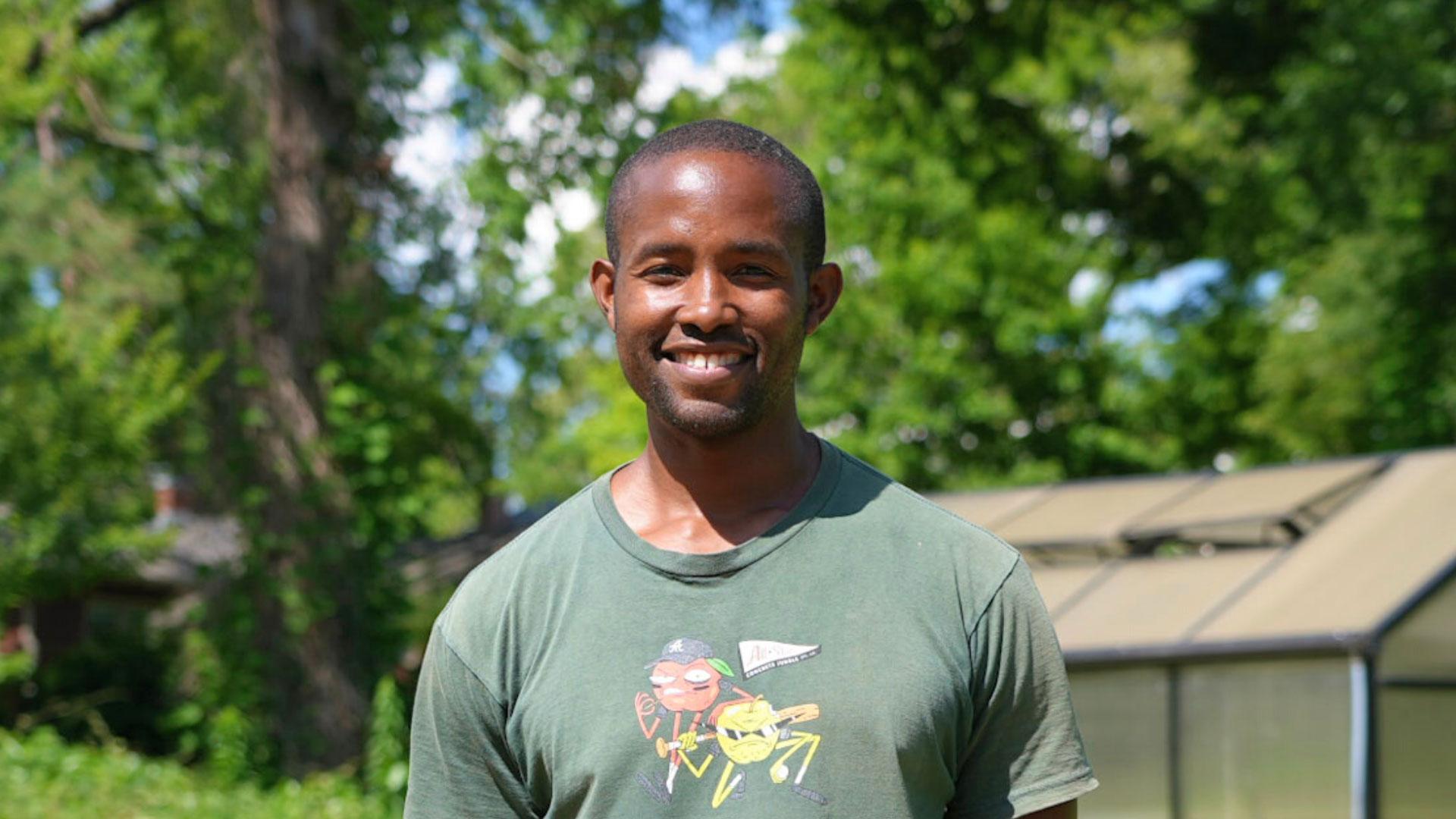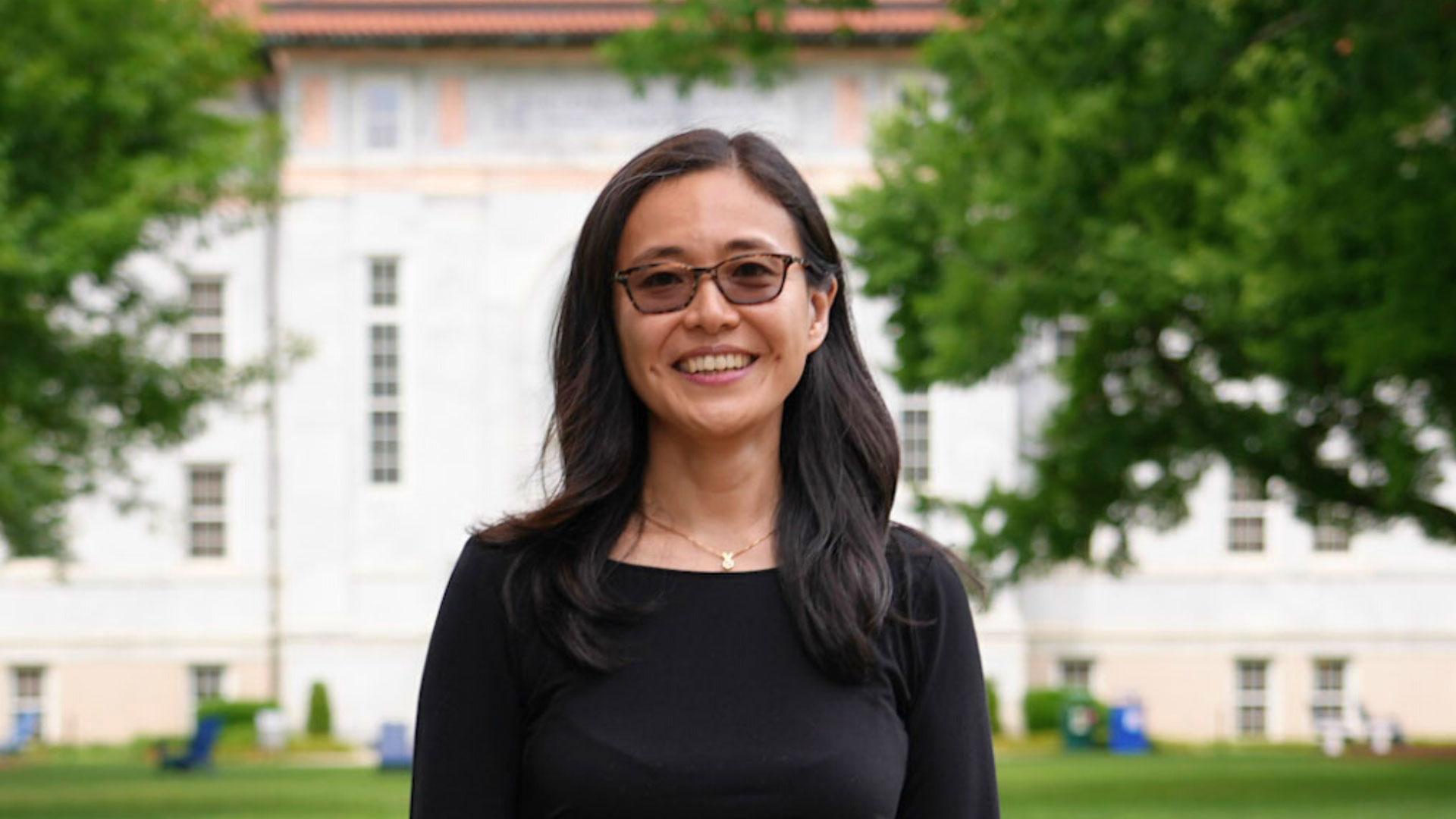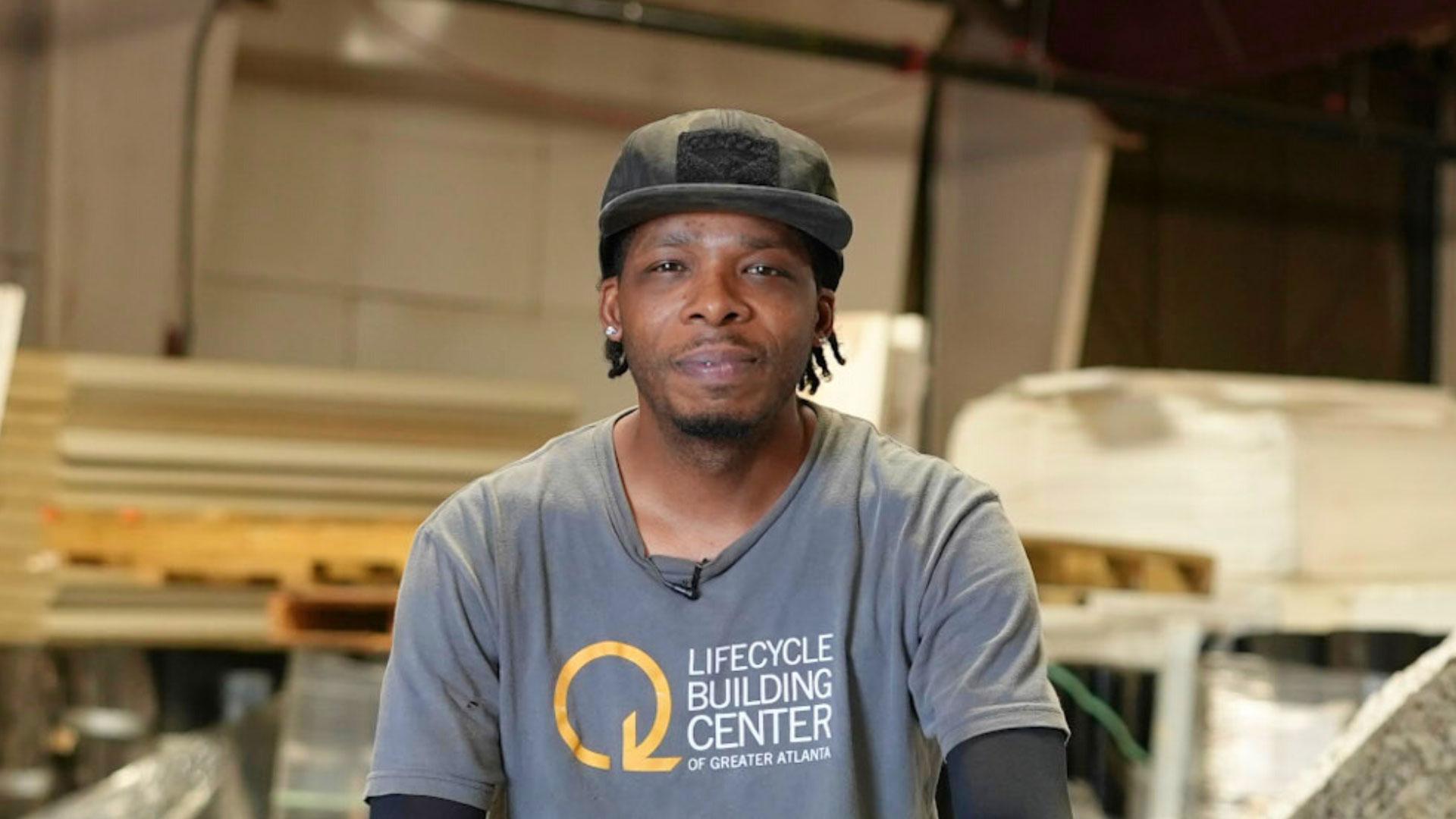Blair Beasley: Toward Our Common Future: Drawdown Georgia
In this Episode
Blair’s Story
Inspired by the work of Project Drawdown, Blair Beasley supports research for Drawdown Georgia, a first-of-its-kind, state-centered initiative to crowdsolve for climate change. The goal is to achieve drawdown—the point where greenhouse gas emissions in the atmosphere begin to decline to stabilize our climate. Drawdown Georgia is a regional-scale, collaborative initiative focused on five high-impact solutions areas of electricity, transportation, buildings & materials, food & agriculture, and land sinks, to drastically cut carbon emissions. The project is funded by the Ray C. Anderson Foundation, where Blair currently works as the Director of Climate Strategies. Drawdown Georgia has created a dynamic and climate-leaderful network, with positive impacts that improve environmental and community health. It is a collaboration of many organizations, entities, and initiatives across Georgia of which the Ray C. Anderson Foundation is a part.
Discussion Questions
One of the most important things you can do when it comes to climate change is talk about it.
- Blair started her journalism career and worked for a newspaper in Jackson, Mississippi. On one of her first days on the job, Hurricane Katrina hit, and many evacuees came to Jackson where Blair was stationed as a reporter. This experience made an impact on Blair and was a key moment in helping her realize that she wanted to pursue a career in climate change and be part of solutions. How can media communications like journalism, news, and social media fuel efforts to scale up climate solutions? Have you experienced a climate-related storm or weather event in your community?
- Climate projections indicate that climate-related extreme weather events, like hurricanes, will continue to intensify. According to the World Economic Forum, climate change could displace more than 200 million people by 2050, with climate refugees fleeing to safety in the wake of natural disasters and some even seeking to permanently relocate in hopes of securing a more climate-stable life. In what ways can we cooperate across borders to help people fleeing climate-related disasters?
- Drawdown Georgia has created the awareness that we can achieve drawdown with a coordinated effort that includes businesses, faith communities, and teachers. As a result, the organization is helping ensure that its replicable model generates a ripple effect that extends far beyond Georgia’s borders. Drawdown Georgia is a great example of collective action, which is a way for people to join each other to take action on climate change in order to achieve greater impact. What are some of the ways that you can join others to be part of solutions in your school or community to help achieve drawdown?
- When people start to get engaged in the climate crisis, it can be easy to feel overwhelmed by the scale of the problem. When faced with climate anxiety, Blair copes by asking the question: What can I do right now, and how can I make a difference? Blair also finds it helpful to look to others who are already busy working on solutions that are positively impacting our world and our neighborhoods. Have you felt climate anxiety? What are local climate solutions that are underway in your school or community? How can you join efforts to help you find your role and make a difference?
- Talking about climate change is important for normalizing climate change. It can influence others to engage in action and give comfort and hope. As a parent who is aware of current climate projections, Blair says it is impossible not to think about the future that she is leaving to her children—and this is what motivates her most to work on climate solutions. Blair invites conversations with her children about climate change, so that they know their family is making a difference. In your family or community, do you talk about climate change? What is the importance of having conversations about climate change?
- Blair describes Drawdown Georgia as a dynamic and leaderful movement of many collaborators working together to bring climate solutions to life. One climate solutions tool of note is the Georgia greenhouse gas emissions tracker—an interactive map that shows current state and county emissions and how they change as we implement solutions. In addition, Climate Solutions Toolkits provide tangible advice to people wanting to contribute to climate solutions. We should all ask ourselves what opportunities we have to help achieve drawdown in our communities. What are current efforts, organizations, or campaigns in your local community helping to address climate change?
Learn More
Learn about the solutions in this story.
- For more on all of the Drawdown climate solutions, visit drawdown.org/solutions.
- Learn more about Blair’s work: Ray C. Anderson Foundation, Drawdown Georgia
- Georgia Interfaith Power & Light
- Drawdown Georgia Emissions Tracker, and Climate Solutions Toolkits
Explore Climate Solutions 101, the world's first major educational effort focused solely on climate solutions. This video series combines Project Drawdown’s trusted resources with the expertise of inspiring, scientifically knowledgeable voices from around the world: drawdown.org/climate-solutions-101.
Take Action
- Drawdown Ecochallenge, presented by Ecochallenge.org, is a fun and social way to take measurable action on the top solutions to global warming. Take the challenge, and see how a few weeks of action add up to a lifetime of change for you and the planet. If you want to take action on climate solutions like Blair and members of Drawdown Georgia, visit drawdown.ecochallenge.org/challenges.
- The Drawdown Labs Job Function Action Guides are practical and shareable resources that highlight specific, high-impact climate actions employees in common corporate professions can take at work.
- ChangeX connects people with proven ideas for strengthening communities with the resources needed to implement those changes. Explore countless ways to improve your community and help the world reach drawdown.
- Climate Generation's Green Careers for a Changing Climate Instructional Supplement (for Grades 6-8) contains resources to help young people learn about Green STEM Careers — careers that can help solve the impacts of climate change using STEM skills. Throughout this instructional supplement, students will be using the resource Drawdown to make important connections to solutions that these careers will implement.
- Solutions Journalism Network highlights the importance of reporting stories of climate solutions in the media to create a more equitable and sustainable world. Visit their Teaching Climate Solutions resource to find curated collections and the latest examples of climate solutions journalism.
- SubjectToClimate (StC) is a nonprofit online connector for K-12 leaders of all subjects to find materials on climate change at no cost. Explore StC’s educator-generated database to connect to Project Drawdown-based climate education resources.
Sign up to receive updates, provide ideas, and tell us how you might share Drawdown’s Neighborhood in your community.


